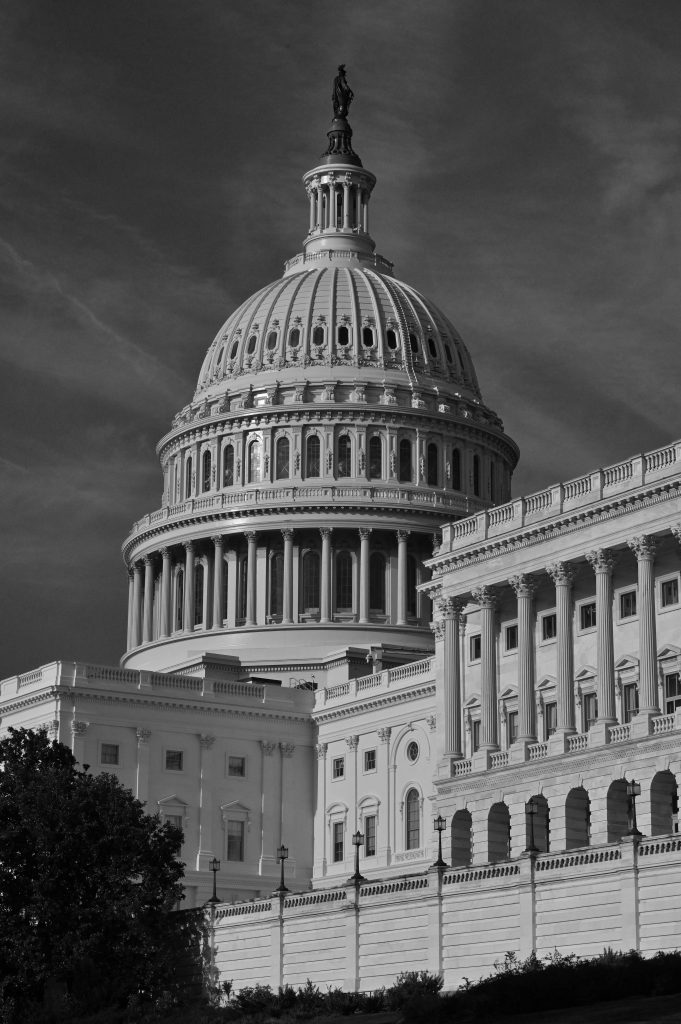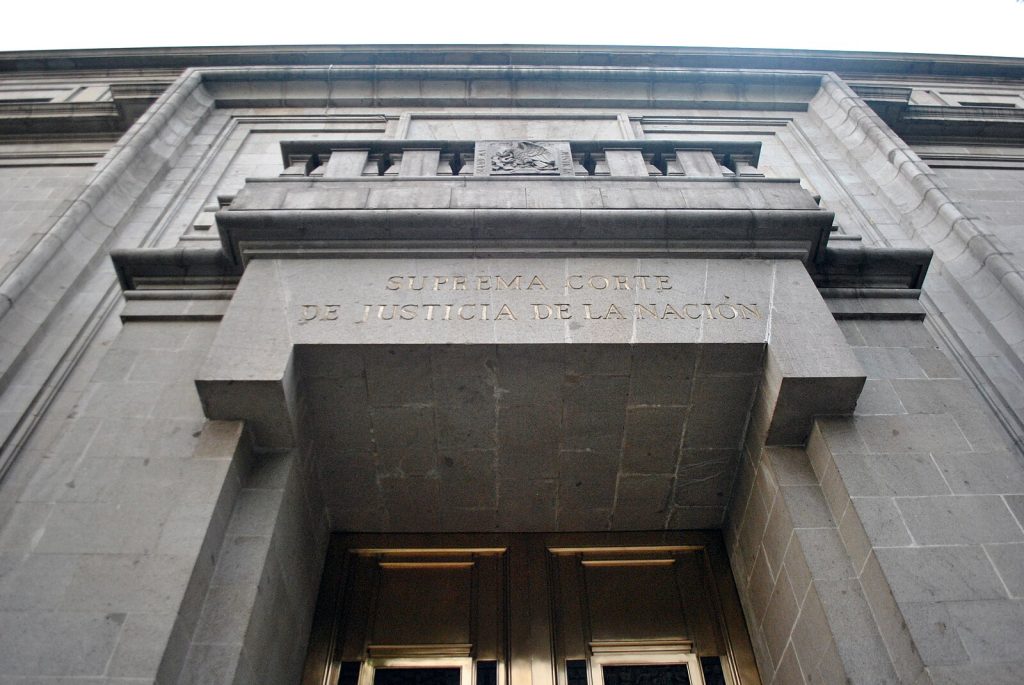J&J Talc Powder and the Rejection of the “Texas Two-Step”

By Trey Miller*
Large corporations are no stranger to product liability. Johnson & Johnson (“J&J”) is currently facing tens of thousands of tort lawsuits related to their talc powder product.[1] A variety of legal tools have been developed for dealing with corporate product liability issues like these. A controversial method, taking advantage of Texas state law, is the “Texas-Two Step.”[2] J&J has attempted to employ the Texas-Two Step to manage its liability related to these talc lawsuits. Recently, the Third Circuit rejected this attempt by J&J, marking the first major rejection of this strategy for dealing with mass tort product liability.[3] This marks a significant development in the area of product liability, corporate law, and bankruptcy and stands to influence the future of corporate strategy related to managing mass tort product liability.
The relevant Texas law is the Texas Business Organizations Code (“TBOC”). The TBOC contains a unique understanding of “merger,” which is the theoretical basis for the “Texas-Two Step”. This is the “divisive merger,” which is defined to include a division of a business into two entities.[4] The divisive merger allows a business to isolate valuable assets related to primary operations in an entity protected from creditor claims. This creates a valuable opportunity for corporations facing significant product liability in the form of mass tort lawsuits.
In October 2021, J&J announced it was planning a divisive merger that would create a subsidiary called LTL Management LLC (“LTL”). The first step was for J&J to incorporate in Texas under state law. Then, the divisive merger happened, creating two new corporate entities, in this case J&J and LTL. Under Texas law, J&J can allocate assets and liabilities amongst the new entities. The goal for the parent corporation is to isolate mass tort liability in the subsidiary, while preserving the parent’s assets outside of the reach of tort claimants. The final step is for the subsidiary to file for bankruptcy, seeking to acquire its protections. On October 14, 2021, LTL filed for bankruptcy while the other entities composing the parent company, J&J, stayed out of the process.[5]
In J&J’s case, the court rejected this approach for the first time. In its opinion published on January 30, 2023, the Third Circuit Court of Appeals led into its discussion with the revealing statement,
We start, and stay, with good faith. Good intentions— such as to protect the J&J brand or comprehensively resolve litigation—do not suffice alone. What counts to access the Bankruptcy Code’s safe harbor is to meet its intended purposes. Only a putative debtor in financial distress can do so. LTL was not. Thus we dismiss its petition.[6]
Tort claimants in the bankruptcy court had filed motions to dismiss against LTL for having filed in bad faith. Chapter 11 bankruptcy petitions are “subject to dismissal under 11 U.S.C. § 1112(b) unless filed in good faith.”[7] Section 1112(b) provides for dismissal for “cause.” A lack of good faith constitutes “cause,” though it does not fall into one of the examples specifically listed in the statute.[8] The court grounded the good faith requirement in the “equitable nature of bankruptcy” and the “purposes underlying Chapter 11.”[9] The court focused on two inquires. These are (1) whether the petition serves a valid bankruptcy purpose, and (2) whether it was filed merely to obtain a tactical litigation advantage.[10] Valid bankruptcy purposes include preserving a “going concern” or “maximizing the value of the debtor’s estate.[11] Additionally, a debtor who does not suffer from financial distress cannot demonstrate its Chapter 11 petition serves a valid bankruptcy purpose supporting good faith. Courts have consistently dismissed petitions filed by financially healthy companies with no need to reorganize under the protection of Chapter 11.[12]
This analysis provided the foundation for the Third Circuit’s circuits dismissal of LTL’s bankruptcy. The court found that LTL was not in financial distress, and thus did not warrant the protection of Chapter 11.
After these course corrections, we cannot agree LTL was in financial distress when it filed its Chapter 11 petition. The value and quality of its assets, which include a roughly $61.5 billion payment right against J&J and New Consumer, make this holding untenable.[13]
The court found that the valuation of J&J, combined with the indemnity agreement required in the Texas-Two Step, precluded the finding that LTL was in financial distress. The court found that J&J—and by extension, LTL—were “highly solvent with access to cash to meet comfortably its liabilities as they came due for the foreseeable future.”[14] Because LTL was not in financial distress, it could not show its petition served a valid bankruptcy purpose and was filed in good faith under Code § 1112(b). This led to the dismissal of LTL’s petition.
The court explicitly did not lay down a rule that no nontraditional debtor could ever satisfy the bankruptcy codes good-faith requirement, as they “mean not to discourage lawyers from being inventive and management from experimenting with novel solutions.”[15] Nonetheless, the court reversed the Bankruptcy Court’s order denying the motions to dismiss and remanded the case with the instruction to dismiss LTL’s Chapter 11 petition, which annulled the litigation stay.
In conclusion, the court in In re LTL Mgmt., LLC left the door open for future attempts at the Texas-Two Step, but company management and the bankruptcy bar must consider the court’s new scrutiny of such a tactic and whether or not the subsidiary companies filing for bankruptcy will have their filings dismissed as not being filled in good faith for not being in financial distress.
* J.D. Candidate, Class of 2024, Sandra Day O’Connor College of Law at Arizona State University.
[1] Mike Spector & Dan Levine, J&J Puts Talc Liabilities into Bankruptcy, REUTERS (Oct. 15, 2021, 8:50 AM MST), https://www.reuters.com/business/healthcare-pharmaceuticals/jj-unit- manage-talc-claims-files-bankruptcy-protection-2021-10-14/.
[2] Samir D. Parikh, Mass Exploitation, 170 U. PA. L. Rev. Online 53 (2022) (discussing the development and history of the “Texas-Two Step”).
[3] Tom Hals, et al., U.S. Court Rejects J&J Bankruptcy Strategy for Thousands of Talc Lawsuits, REUTERS (Jan. 31, 2023, 6:43 AM MST), https://www.reuters.com/legal/jjs-ltl-units- bankruptcy-dismissed-by-us-appeals-court-filing-2023-01-30/.
[4] TEX. BUS. ORGS. CODE ANN. § 1.002(55) (West 2021).
[5] See Rick Archer, Johnson & Johnson Puts Talc Spinoff into Ch. 11, LAW360 (Oct. 14. 2021, 6:29 PM), https://www.law360.com/articles/1431315/johnson-johnson-puts-talc-spinoff-into-ch- 11; see also Jonathan Randles, et al., How Bankruptcy Could Help Johnson & Johnson Corral Vast Talc Litigation, WALL ST. J. (Nov. 12, 2021).
[6] In re LTL Mgmt., LLC, 58 F.4th 738 (3d Cir. 2023).
[7] In re 15375 Mem’l Corp. v. BEPCO, L.P., 589 F.3d 605, 616 (3d Cir. 2009) (citing NMSBPCSLDHB, L.P. v. Integrated Telecom Express, Inc. (In re Integrated Telecom Express, Inc.), 384 F.3d 108, 118 (3d Cir. 2004)).
[8] See In re SGL Carbon Corp., 200 F.3d 154, 159-62 (3d Cir. 1999).
[9] Id.
[10] Id.
[11] Id. at 619.
[12] Integrated Telecom, 384 F.3d at 122.
[13] In re LTL Mgmt., LLC, 58 F.4th at 738.
[14] Id.
[15] Id.


